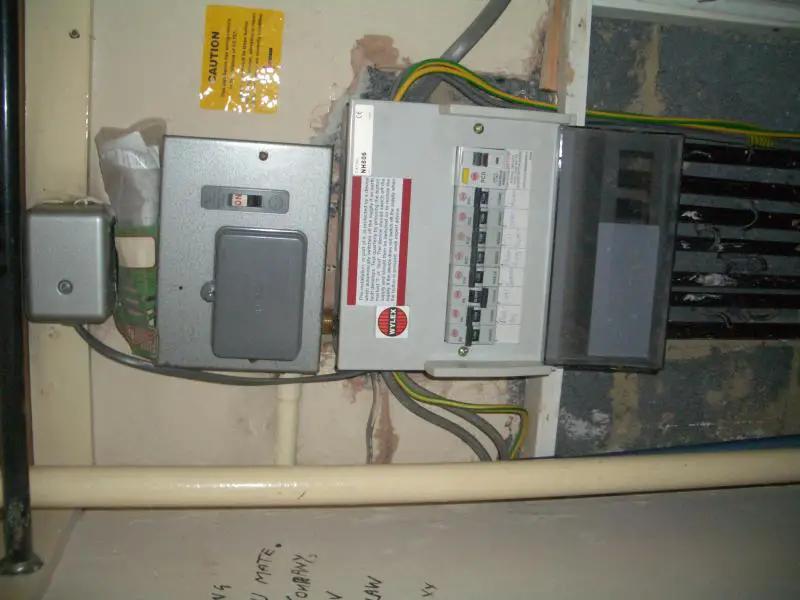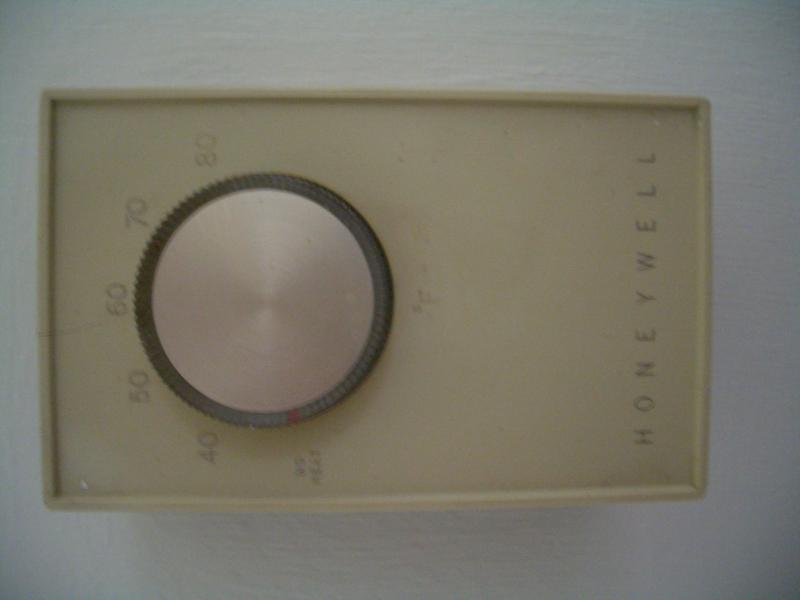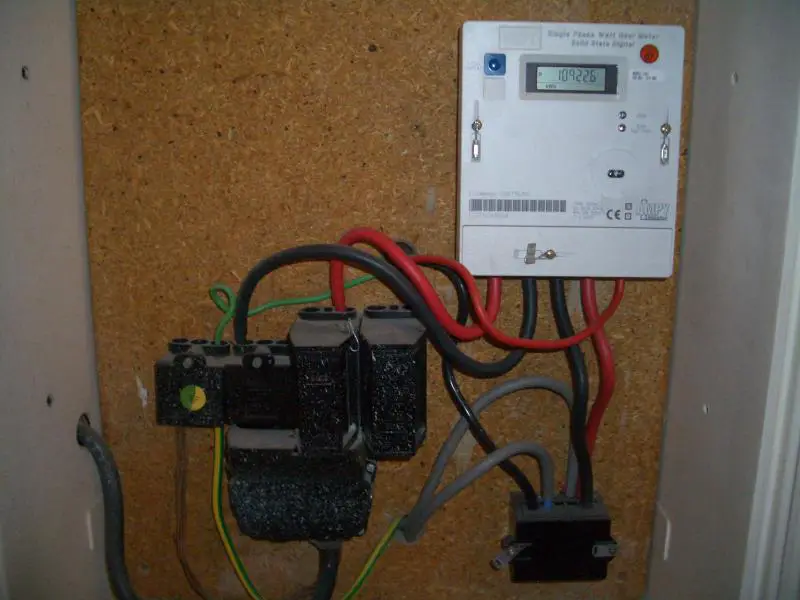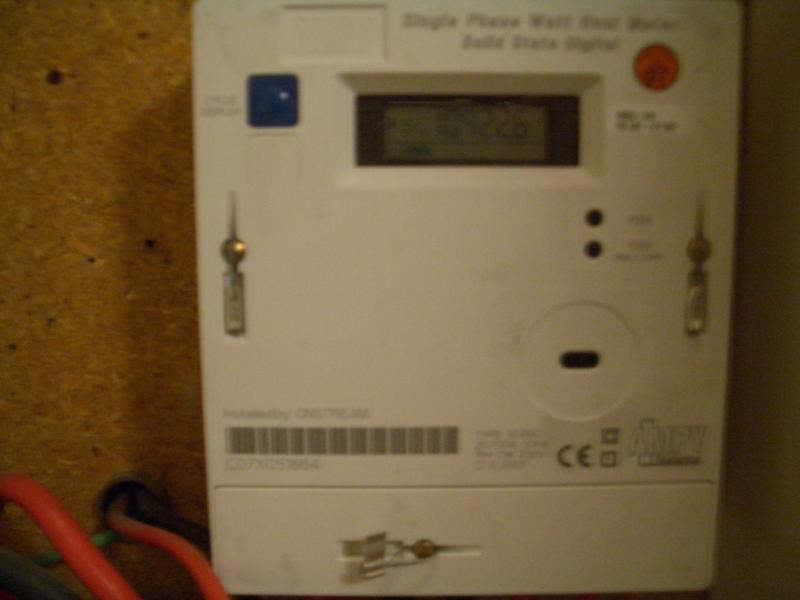I moved in recently and can't make sense of how it actually works. I'm trying to work out why my electricity bills are huge (on my own in a 2-bed flat and I'm using 48 kWh per day), so I need to know how everything in the flat works.
It has no timer and no on/off switch (that I can find). It has thermostats in each room. It seems (although I may be wrong) that I am not actually in control of the level of heat (despite the fact that the controls are dials with temperature marks on them) but if I turn the thermostat fully off, the heating will not come on in that room.
The heating comes on overnight but I don't know when. I also don't understand how it knows to come on overnight! There is no timer, so how does it know??? And how can I be sure it comes on when electricity is cheap for me? (It seems to be impossible to find out when the overnight cheap time actually is anyway.)
I've taken some photos (sorry they're sideways) but there is no name on anything except the thermostats! Everything was probably built in when the flats were built in 1970.
Please help!
It has no timer and no on/off switch (that I can find). It has thermostats in each room. It seems (although I may be wrong) that I am not actually in control of the level of heat (despite the fact that the controls are dials with temperature marks on them) but if I turn the thermostat fully off, the heating will not come on in that room.
The heating comes on overnight but I don't know when. I also don't understand how it knows to come on overnight! There is no timer, so how does it know??? And how can I be sure it comes on when electricity is cheap for me? (It seems to be impossible to find out when the overnight cheap time actually is anyway.)
I've taken some photos (sorry they're sideways) but there is no name on anything except the thermostats! Everything was probably built in when the flats were built in 1970.
Please help!






